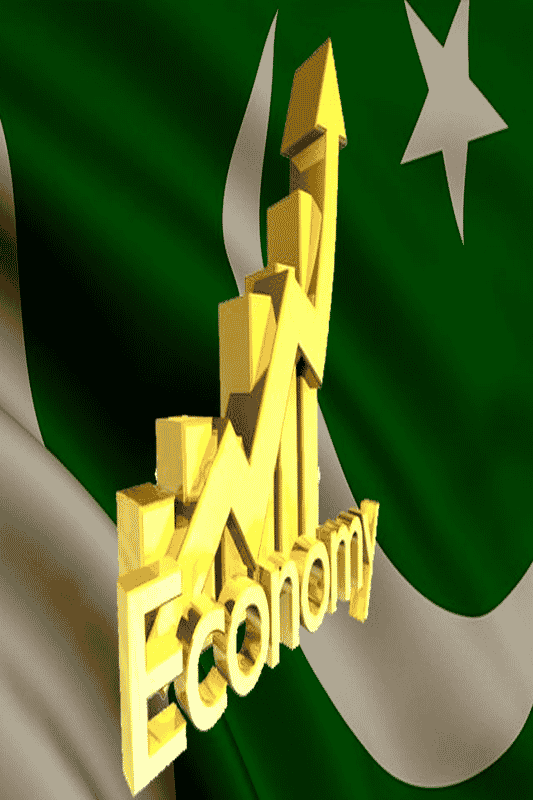
Pakistan Institute of Development Economics
- Home
Our Portals
MenuMenuMenuMenuMenuMenuMenu - ResearchMenuMenuMenuMenuMenuMenuMenu
- Discourse
- The PDR
- Our Researchers
- Academics
- Degree Verification
- Thesis Portal
- Our Portals
The PIDE Macro-Econometric Model Of Pakistan’s Economy
The ambitious effort to build a formal model of Pakistan’s economy, which started in 1979 in an atmosphere charged with hopes and fears, has now borne fruit in the form of the PIDE Macro-econometric Model of Pakistan’s Economy. We have finally taken our seat in the Tinbergen—Klein bandwagon, which started its fateful journey along the road of knowledge several decades ago. We are late-rideti, but better late than never. lithe message we have tried to convey in these pages does make an impression on those who matter, the attitudinal transformation that it calls for in the manner of looking at economic problems and solving them may have been attained. It is no longer permissible to settle difficult questions of economic analysis and policy-making by reference to over-simplified, and mostly vague, theoretical formulations. The only way to overcome such difficulties is through seeking out empirically verifiable hypotheses, mostly by conducting a large number of experi- ments with alternative specifications, to get a firm hold on ‘reality’. Instead of battling quixotically with unproven hypotheses born of an untutored intuition, we must be innovative and adaptive all along the line to venture forth in directions where no one has gone before to establish new testable propositions whose validity can be tested through known scientific methods. This search for valid hypotheses is particularly difficult in developing countries like Pakistan where we must travel all manner of `roads not taken’ so far because the set of empirically-tested propositions is almost an empty one in these countries.



